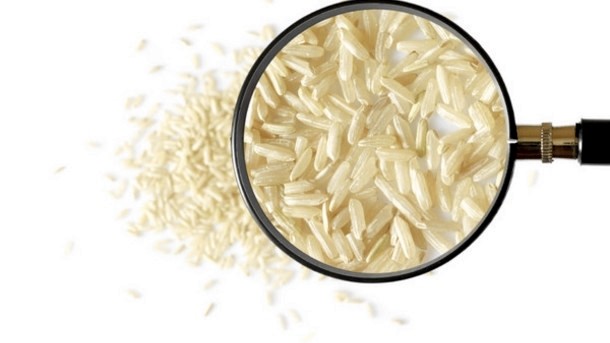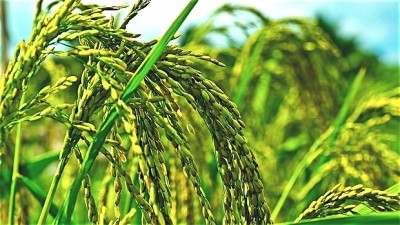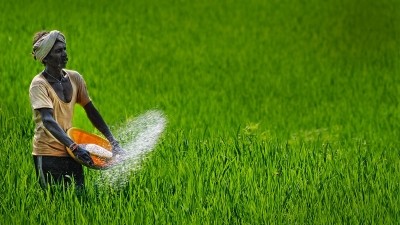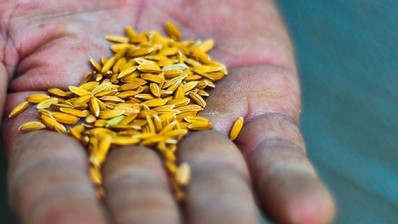Rice diversity could be central to more productive crops

In a study published in Plant Physiology, a team of Australian researchers decided to combine old and new ways to produce more efficient plants. They focused on rice’s natural diversity by using traditional breeding techniques to select cultivars that are better at converting sunlight into food.
“We studied hundreds of plants from five rice cultivars and found that there is variation between these varieties in relation to the quantity of light they use for growth or dissipate as heat. Some of them are capable of converting more sunlight into chemical energy, producing greater leaf area over time,” said lead researcher Katherine Meacham, an Australian Research Council translational photosynthesis specialist.
When leaves intercept sunlight, it is either absorbed by the leaf for growth, dissipated as heat in an strategy to protect the plant from sun damage, or re-emitted as fluorescent light.
In this latest study, the researchers measured fluorescence to infer the quantity of energy that is either converted into food or dissipated as heat.
“Recently scientists in the US found that they can produce transgenic plants that are better at catching sunlight without getting sun damage. Our work shows that this is also achievable by taking advantage of the natural variation of rice plants,” said Robert Furbank, director at the ARC’s translational photosynthesis centre, and an author of the study.
“What is new about our research is that scientists had previously thought there was not much variation in how efficiently leaves could absorb and use light, and the reason for this is that they were not considering the full picture and measuring the plants throughout the entire day under natural illumination.
“We have found that there are considerable differences between the five rice cultivars under moderate light, and that means that there is room for selecting the most efficient plants.”
Dr Meacham added: “There is room for improvement in some cultivars that can result in more photosynthesis without risking the plant’s protection strategies against sunlight damage.”
The scientists measured fluorescence by clipping light receptors on leaves throughout a whole day to get a full picture of how the plant uses sunlight.
Traditional breeding for photosynthetic traits has not been a common strategy in any major cereal crop, in part due to the difficulty in measuring photosynthesis in thousands of plants. However, rapid screening tools are now available to study the interaction between the genes and the way they interact with the environment.
“Our next step is to find varieties with superior photo-protection we can directly use these for breeding and find the genes responsible, and we have the capacity to screen many thousands of rice varieties for which we have gene sequence through the International Rice Research Institute”, she said.
















